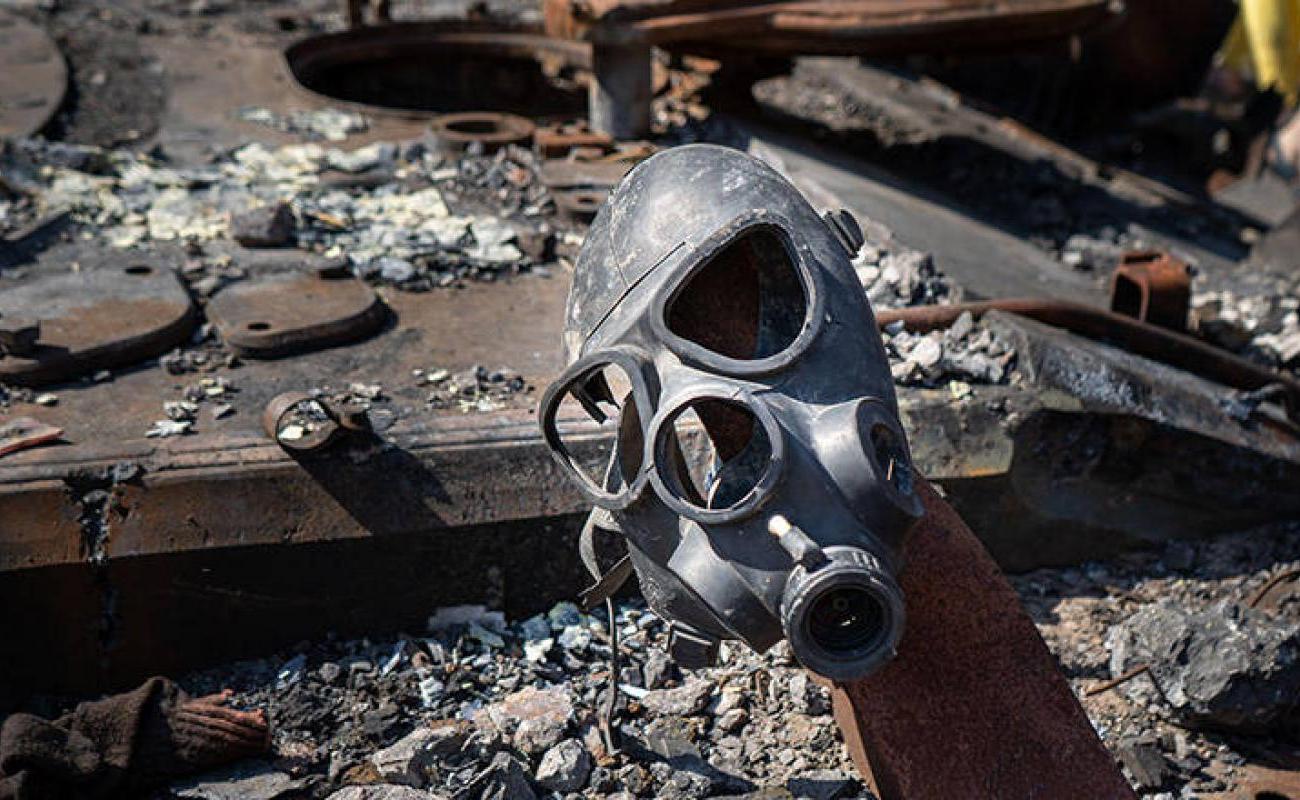Chemical Weapons Use in Ukraine Tests Global Norms to Breaking Point

A riot control agent found in samples collected from the confrontation lines in Ukraine by the Organisation for the Prohibition of Chemical Weapons implicates Russia in yet another breach of the Chemical Weapons Convention. But what steps can states parties to the convention take next?
At Ukraine’s request, on 18 November 2024, the Organisation for the Prohibition of Chemical Weapons (OPCW) made public the report of its visit to Ukraine, highlighting that a grenade and soil samples collected from along the confrontation lines in Dnipropetrovsk had tested positive for 2-chlorobenzylidene malononitrile, a riot control agent (RCA) commonly known as CS gas. The OPCW’s director-general Fernando Arias expressed ‘grave concern’ over the findings. Use of toxic chemicals, including riot control agents, as a method of warfare is clearly prohibited by the Chemical Weapons Convention (CWC) under Article I, where states parties undertake ‘never under any circumstances’ to use chemical weapons (CWs).
During its visit, the OPCW team received documentation and evidence from Ukrainian authorities, including the grenade and further environmental samples for subsequent analysis.
